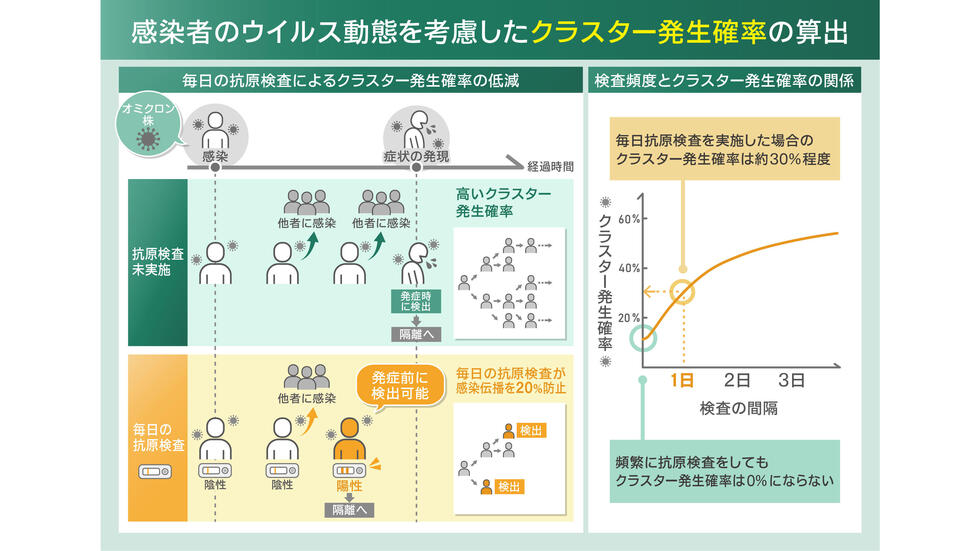2023-10-04 マックス・プランク研究所
◆マックス・プランク動物行動研究所とバルセロナ自然科学博物館による研究により、モンクインコには人間のような「声の印」があり、個体が識別可能であることが示唆されました。この発見は野生のインコにおいても同様の声の印が存在する可能性を示唆し、イルカやコウモリなど他の声に柔軟性を持つ動物にも同様のものがある可能性があるとされています。
◆声の印がインコの社会性と声の柔軟性の両方を可能にする方法に関する疑問に答えるものであり、今後の研究で他の社会的動物でも声の印が見つかる可能性が期待されています。
<関連情報>
- https://www.mpg.de/20884176/0927-ornr-evidence-found-for-unique-voice-print-in-parrots-987453-x
- https://royalsocietypublishing.org/doi/10.1098/rsos.230835
野生のオウムにおける声の署名と声紋の証拠 Evidence for vocal signatures and voice-prints in a wild parrot
Simeon Q. Smeele,Juan Carlos Senar,Lucy M. Aplin and Mary Brooke McElreath
Royal Society Open Science Published:04 October 2023
DOI:https://doi.org/10.1098/rsos.230835

Abstract
In humans, identity is partly encoded in a voice-print that is carried across multiple vocalizations. Other species also signal vocal identity in calls, such as shown in the contact call of parrots. However, it remains unclear to what extent other call types in parrots are individually distinct, and whether there is an analogous voice-print across calls. Here we test if an individual signature is present in other call types, how stable this signature is, and if parrots exhibit voice-prints across call types. We recorded 5599 vocalizations from 229 individually marked monk parakeets (Myiopsitta monachus) over a 2-year period in Barcelona, Spain. We examined five distinct call types, finding evidence for an individual signature in three. We further show that in the contact call, while birds are individually distinct, the calls are more variable than previously assumed, changing over short time scales (seconds to minutes). Finally, we provide evidence for voice-prints across multiple call types, with a discriminant function being able to predict caller identity across call types. This suggests that monk parakeets may be able to use vocal cues to recognize conspecifics, even across vocalization types and without necessarily needing active vocal signatures of identity.


